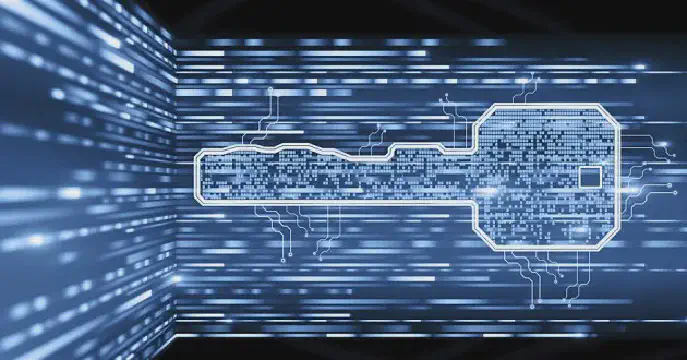Excerpt§
Cyclic redundancy check (CRC) is an error detecting checksum algorithm used in networks to verify integrity of transmitted data through polynomial division and modular arithmetic.
Introduction§
Reliable data transmission is critical for communication networks. But noise and errors during transmission can alter data bits. Detecting such errors is necessary to ensure data integrity. This is where cyclic redundancy checks (CRCs) come in handy. CRCs are ubiquitous in networks for detecting accidental changes to data. This article provides an overview of how CRC works and why it is invaluable for networking.
Definition of Cyclic Redundancy Check (CRC)§
A cyclic redundancy check (CRC) is an error-detecting code used to verify the integrity and accuracy of data transmitted over a network. It works by calculating a checksum value from the data content and appending it to the message prior to transmission.
The receiver then independently calculates the CRC of the received data and compares it to the received checksum. If they match, the data is error-free. If not, it indicates corruption. This enables detecting common errors like noise, distortion, and glitches during transmission.
CRCs are based on polynomial division of binary data and modular arithmetic to generate the checksum. Different CRC algorithms use different generator polynomials and bit widths.
How CRC Works§
Here is a high-level overview of how a cyclic redundancy check is performed:
A generator polynomial is chosen based on the CRC algorithm being used.
The binary data message is divided by the generator polynomial using modulo 2 division.
The remainder from this division becomes the CRC checksum value.
This CRC value is appended to the original message and transmitted.
The receiver divides the received data by the same polynomial.
If the remainder matches the received CRC value, the data is deemed error-free. Else, it is corrupted.
By performing the same calculation on the data at both ends, errors can be easily detected through mismatching checksums.
Benefits of Using CRC§
CRC offers the following advantages for data transmission:
Error detection - CRC can detect common errors like noise, distortion, glitches, burst errors etc. This prevents data corruption.
Easy implementation - Simple logic using division and modulo arithmetic makes CRC easy to implement in hardware and software.
Low processing overhead - Computing CRC requires very little CPU processing, especially with hardware support. This makes it fast.
Interoperability - Being an open standard, CRC works consistently across different technologies and platforms.
In short, CRC provides reliable error checking with minimal resource requirements.
CRC Implementation in Networking§
Many standard network protocols utilize CRC for error control. Some examples include:
Ethernet - Uses a 32-bit CRC value to check frames.
USB - Employs a 16-bit CRC for detecting errors in transmission.
Wi-Fi -Calculates a 32-bit CRC checksum for error detection in wireless frames.
MP3 - Uses a 16-bit CRC checksum for each audio frame.
From local area networks to storage devices to media files, CRC provides a lightweight yet robust integrity check for transmitted data.
Common Misconceptions about CRC§
Some clarifications on common CRC myths:
CRC does not encrypt data. It is used solely for error detection.
There is a small chance of undetected errors with very long messages. Additional protocols build on CRC to handle this.
The CRC polynomial and algorithm must be the same at both transmitting and receiving ends.
A valid CRC does not always indicate fully accurate data. Some transmission protocols may recover data without retransmission on CRC failure.
Conclusion§
Cyclic redundancy checks are an essential error detection tool widely adopted in digital networks and storage. Their efficiency, ease of implementation and interoperability with diverse technologies make them indispensable for reliable data transfer.
Understanding the CRC mechanism provides valuable insight into maintaining data integrity across networks. Knowledge of CRC aids in troubleshooting networks and developing robust applications that exchange data across systems.















